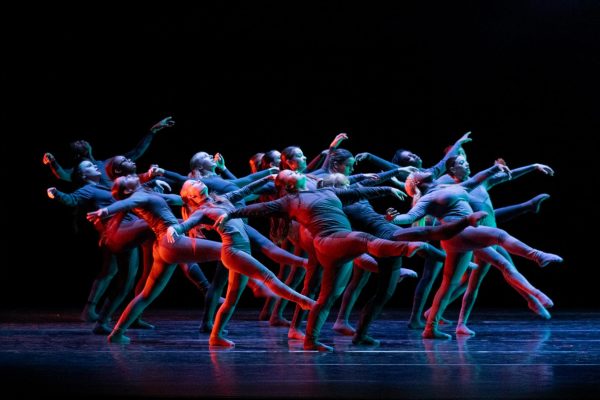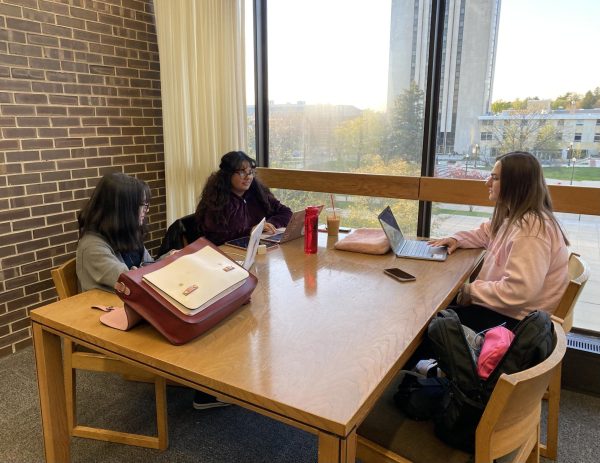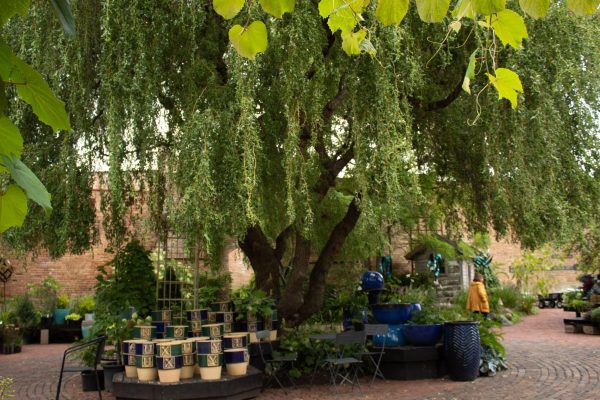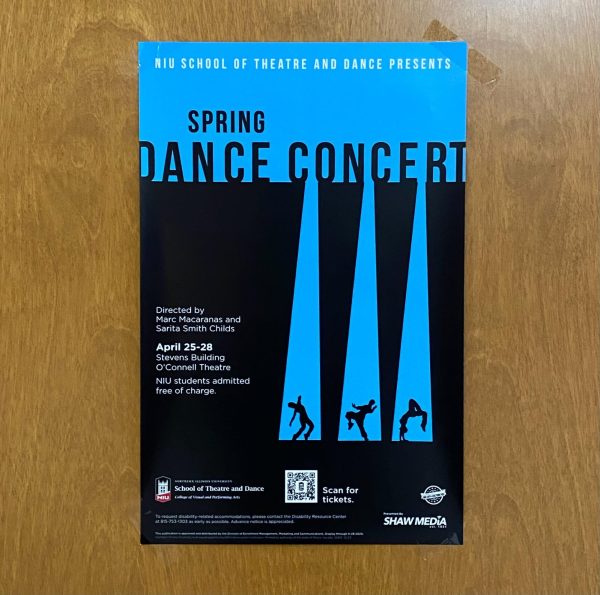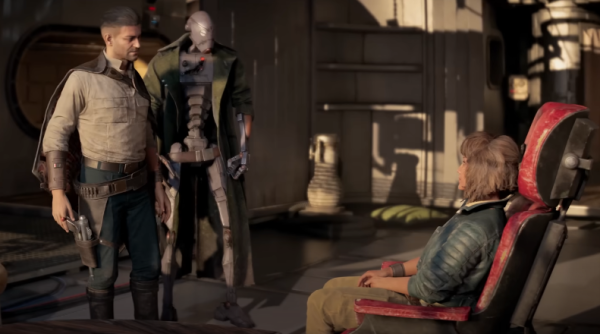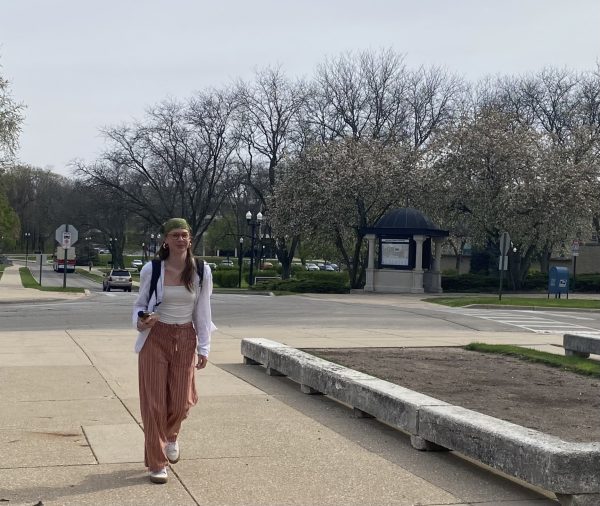Art Walk exhibit’s award winning collection
October 10, 2016
The award-winning exhibit, Storytelling: Hmong American Voices was one of the many featured at NIU’s 2016 Art Walk on Thursday.
It is about refugees that entered the U.S. in the ’70s and how they adjusted to Hmong American life. It won the superior award from the Illinois Association of Museums. This is the highest award given out to exhibitions in the state.
The event was held at various locations in from 5 to 8 p.m. DeKalb celebrating many forms of culture and art.
Laura McDowell Hopper, curator at the Pick Museum of Anthropology, said the exhibit was about what happened since Hmong refugees that came to America after the Vietnam war. She said Hmong people are a cultural group from Southeast Asia who were heavily impacted by what happened during the Vietnam war. The exhibit gave information about Hmong families, allowed viewing of traditional Hmong clothing, and taught about Hmong story-cloths.
A Hmong woman’s outfit was on display to show what attire the New Year’s celebrations would call for.
“[New Year’s] is sort of like a big community event,” Hopper said. “You go there, you have food, you meet with people, and there’s contests. It’s when people get dressed up at their fanciest.”
Another aspect of the exhibit focused on Hmong Americans residing in and around the DeKalb area. The exhibit showed artwork done by Hmong students in the ’70s and ‘80s in Kishwaukee College’s IndoChinese Refugee Program. The program helped refugees from all countries in Southeast Asia who were impacted by the Vietnam war.
“We have drawings that Hmong students did in these classes where they were learning about things like driving and direction,” Hopper said. “Some drew pictures that described what life had been like at that time for them. These are some of my favorite things in the exhibit.”
These pieces were located in the Home section and highlighted several Hmong people who settled in the DeKalb area.
McDowell Hopper said the event stayed open in the evening to allow more off-campus access to the museum. The exhibit opened in April and will close on Dec. 9.


